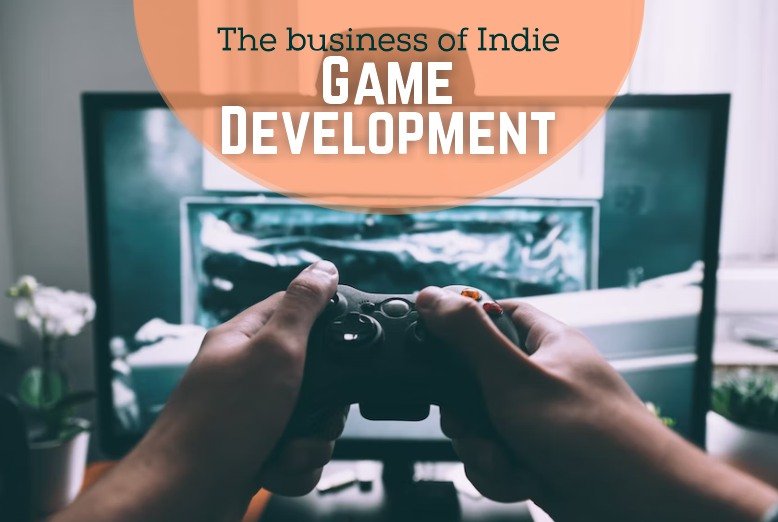Indie games are developed by individuals or small teams without the financial support of large publishers. They are lower budget by definition, but that doesn’t mean they are ruled out of the marketplace.
In fact, indie gaming is more popular than ever before, helped in part by platforms like Steam and the Playstation Store, where players can browse thousands of titles across any genre or price range.
Once finished, it’s easy enough for indie developers to get their games on a platform like Steam. Whether the title will have any success, or just disappear into the ether, depends on a number of factors, not least the game’s quality, and popularity.
In truth, not many games make the cut. Most will make a meagre return and only a select few will hit the millions mark. Here’s a breakdown of the business of indie game development.
Indie game success stories
For every thousand or ten thousand indie games that fall by the wayside, one or two will emerge to compete with even the top budget AAA titles.
Among Us, developed by Innersloth, is one game that really hit the jackpot. It rose to popularity in 2020, when it was downloaded over 500 million times in a year. Although its popularity has since slumped somewhat, Among Us has now generated $86 million in revenue. It is one of the most downloaded games ever.
More recently, Stray has taken the gaming world by storm. Released by indie developers Bluetwelve Studios in July 2022, the game sees you play as a cat dropped into a post apocalyptic setting. Much more than just a cute mess-around, Stray has been nominated for several categories at the Game Awards, including Best Art Direction, Best Action/Adventure, Best Indie Game, and the prestigious Game of the Year – where it will compete with AAA titles like Elden Ring and God of War.
Among Us and Stray both prove that indie games can stand shoulder to shoulder with giants, when they are done properly…
But only a few make it

Here’s the bad news. Not many indie games reach anywhere near that level of success. In fact, 57 percent of the games on Steam make less than $1,000. With the amount of effort that goes in (or not), it’s hardly going to be a lucrative business churning out any old game. It’s more of a hobby.
Only the top 10 percent of developers on Steam have made more than $100k, and only the top 3 percent have made over $1 million in lifetime earnings.
Those statistics should serve as a bit of a warning to anyone who was thinking of quitting their day job. Yet they also show that it is possible to make money from game development.
So, what separates the successful from the rest of the rabble?
Getting ahead
Every now and again, as is the case with Stray, an indie game is released as the developer’s debut and just hits the spot in every way. The gameplay is perfect, the design is beautiful, and the marketing is on point.
Most of the time, however, developers will release several titles before they start making serious profit. They will build up knowledge, create code and design elements that they can carry over, build connections with publishers and other developers, and develop a fan base who are already waiting for the next release.
Successful developers who have made more than $3 million in lifetime sales have created, on average, four or five titles, and sometimes many more. Not every one makes it. But some do.
Marketing is also a key component. The release can’t simply sit on Steam waiting to be downloaded.
Understanding net revenue
For anyone who’s serious about attempting to become a game developer, it’s important to understand how net revenues differ from gross revenues, specifically in the context of selling games.
Let’s assume the developer is selling on Steam, a popular and accessible choice for PC gaming. If they have made $100k in gross revenues, they might expect the following fees:
Discounts – Steam games sell hot during discount periods, and discounts can be up to 50 percent or higher. It’s wise to leave around 15 to 20 percent for payback of discounts.
Refunds – Around 10 percent of games are returned for refunds, therfore developers should retain around 10 percent of sales for cashbacks.
Steam charges – Developers must pay Steam fees, which are 30 percent.
All of these fees very quickly add up to leave developers with around 50 percent of their gross revenues as net revenue.
Indie game development is not an easy business pursuit. Very often, it’s a hobby and a passion. Serious developers need to shift a lot of copies to come out on top, and only the top few percent do so. Those who do, however, can make multiple millions of dollars.
ALSO READ: 10 Largest cricket stadiums in the world that will Awestruck every Cricket Fan















